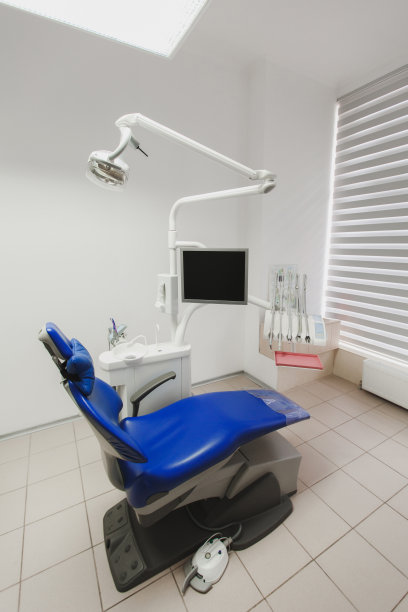Essential Precautions for Dental Filling Procedures to Ensure Optimal Results and Tooth Health for Patients
Summary: Dental filling procedures are critical in restoring tooth health and functionality after decay. To achieve optimal results, patients and dental professionals must adhere to essential precautions during the filling process. This article outlines key aspects such as selecting suitable filling materials, following proper procedural techniques, ensuring effective post-treatment care, and sustaining regular dental check-ups. Each of these elements plays a pivotal role in guaranteeing the longevity of dental fillings and overall oral health. By being vigilant about these precautions, both patients and dental practitioners can contribute to a successful outcome that fosters stronger, healthier teeth.
1. Choosing the Right Filling Material

The selection of an appropriate dental filling material is paramount for ensuring the longevity and effectiveness of the treatment. Common options include amalgam, composite resins, ceramics, and gold. Each type of filling material presents its advantages and disadvantages based on factors such as aesthetic preferences, strength, durability, and cost. For instance, while amalgam is known for its durability, it may be less appealing for visible teeth compared to tooth-colored composites.
Patients should discuss their specific needs and concerns with their dentist to determine the best material for their situation. Considerations such as the size and location of cavities, the patients dental health history, and personal preferences will guide the choice. An informed decision contributes significantly to the success of the filling procedure and improves event-related outcomes.
Furthermore, understanding the properties of each material helps patients appreciate the importance of maintenance and replacement when necessary. Regular communication with the dentist about any changes in how a filling feels can lead to timely interventions that preserve tooth health.
2. Following Proper Procedural Techniques
The procedural techniques employed during dental filling are vital for ensuring both immediate and long-term success. Dentists must maintain strict hygienic standards to prevent the introduction of bacteria that could compromise the integrity of the filling. This involves using high-quality dental instruments and sterilization procedures to ensure optimal dental health.
Moreover, the dentists technique in removing decayed tissue and preparing the tooth structure plays a critical role in the fillings effectiveness. Properly cleaning and shaping the cavity ensures that the filling material adheres well, which in turn reduces the likelihood of future complications such as further decay or sensitivity.
Lastly, the actual placement of the filling is crucial. Dentists should employ techniques that ensure both a secure fit and a comfortable bite for the patient. A well-executed procedure minimizes the risk of future issues, thereby enhancing the overall durability of the restoration.
3. Ensuring Effective Post-Treatment Care
The post-treatment phase is equally important in safeguarding the integrity of dental fillings. Patients are often advised to avoid certain foods and beverages immediately following the procedure to allow the filling to set properly. For instance, hard or sticky foods can exert unnecessary pressure on fresh fillings, potentially leading to premature failure.
Additionally, proper oral hygiene should be maintained, including brushing and flossing regularly. Patients should use soft-bristled toothbrushes to clean around the filling, as harsh bristles can damage the material. It’s also advisable to continue using fluoride toothpaste, which can help reinforce tooth structure and prevent further decay.
Regular check-ups with the dentist can help identify any issues that arise post-treatment. During these visits, professionals can assess the condition of fillings and even provide preventive treatment options to maintain overall tooth health. The collaboration between patient and dentist is essential for successful recovery.
4. Committing to Regular Dental Check-Ups
Regular dental check-ups are a critical component in maintaining oral health after filling procedures. These visits allow dentists to monitor the condition of fillings and detect any potential problems early, such as secondary decay or structural issues. An ounce of prevention is worth a pound of cure, and proactive dental care can save patients from costly and uncomfortable future procedures.
During check-ups, dentists can also offer additional preventive treatments such as sealants or fluoride applications, enhancing the durability of existing fillings. The professional evaluation allows for personalized recommendations based on the patient’s oral health history, leading to better outcomes.
Moreover, reinforcing the habit of scheduling these appointments encourages patients to remain invested in their dental health. Understanding the connection between oral hygiene practices and successful dental fillings solidifies the importance of routine care in achieving optimal results and tooth health.
Summary:
In conclusion, adhering to essential precautions regarding dental filling procedures is vital for ensuring their longevity and effectiveness. By selecting appropriate materials, following proper procedural techniques, encouraging post-treatment care, and committing to regular check-ups, patients can significantly contribute to their oral health. This integrated approach not only safeguards existing fillings but promotes overall well-being.
This article is compiled by Vickong Dental and the content is for reference only.


